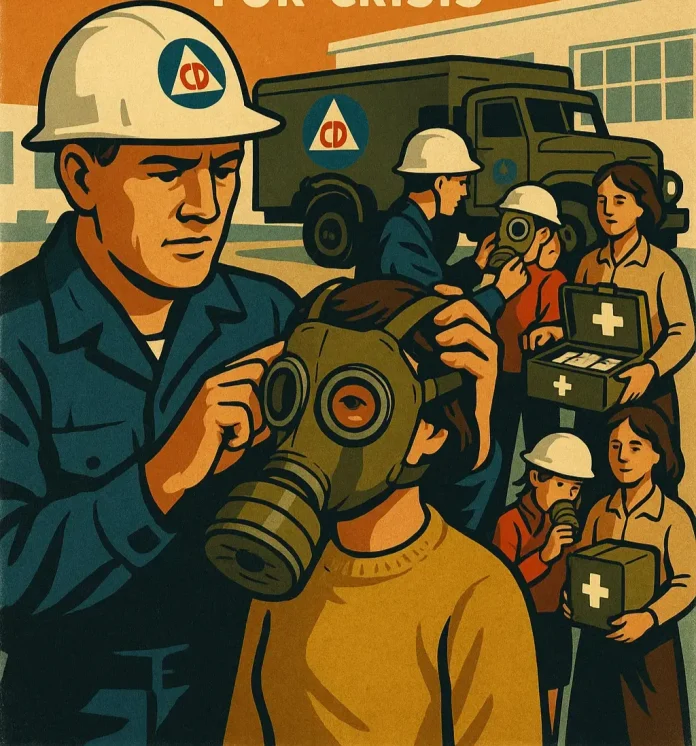What is a civil defense drill? It’s a simulated exercise preparing people for emergencies like earthquakes, fires, or attacks. Who participates? Government agencies guide civilians, students, and responders during these exercises. When do these exercises take place? These exercises occur regularly, such as Israel’s drill on October 31, 2024, or Mumbai’s exercise on February 15, 2024. Where do they occur? They occur in schools, offices, and public spaces globally. What is the method of execution? They are conducted through planned scenarios, evacuations, and coordination to ensure safety. This article explores the purpose, participants, timing, locations, and execution of these drills, highlighting their role in fostering preparedness and public confidence.
In This Article:
Purpose of Civil Defense Drills
Civil defense drills are designed to train communities to respond effectively to emergencies. By simulating disasters like floods, earthquakes, or terrorist attacks, they teach critical skills such as evacuation, first aid, and sheltering. For example, Israel’s 2024 drill practiced responses to rocket attacks, while Mumbai’s February 2024 exercise simulated chemical spills and fires. These drills aim to minimize panic, enhance coordination, and save lives during real crises.
Participants and Their Roles
Drills involve diverse groups, including civilians, schoolchildren, office workers, and emergency responders like firefighters, police, and medical teams. Government agencies, such as India’s National Disaster Management Authority or Israel’s Home Front Command, lead the planning. In Mumbai’s February 2024 drill, 150 personnel, including the Fire Brigade and NDRF, participated. Each group practices specific roles, from following evacuation instructions to executing rescue operations, ensuring a cohesive response.
Timing and Frequency
Civil defense drills occur regularly to maintain preparedness. Some are annual, like Japan’s Disaster Prevention Day drills on September 1, commemorating the 1923 Great Kanto Earthquake. Others, like Israel’s October 31, 2024, drill, address ongoing threats. Mumbai’s February 15, 2024, drill was part of routine safety training. Unannounced drills in schools and workplaces also test spontaneous readiness, keeping communities alert.
Locations and Settings
Drills are conducted in varied settings, including schools, hospitals, offices, and public areas like malls or train stations. Israel’s 2024 drill spanned urban and rural areas, with sirens signaling shelter exercises. Mumbai’s drill took place at a chemical plant in Chembur, focusing on industrial hazards. This diversity ensures preparation for region-specific risks, from natural disasters to man-made threats.
Execution and Public Response
Drills are carefully planned, with scenarios tailored to local risks—cyclones in India, earthquakes in Japan, or conflict in Israel. Alerts via sirens, apps, or announcements initiate the exercises. Mumbai’s drill included mock evacuations and decontamination, while Israel’s used nationwide sirens. Post-drill feedback improves future efforts. Posts on platform X reflect public support by praising the drills for building confidence, although some users mention disruptions caused by them. Civil defense drills remain essential for fostering a culture of safety and readiness.
-By Manoj H
Also Read – UNSC begins closed door consultations on situation between India, Pakistan




